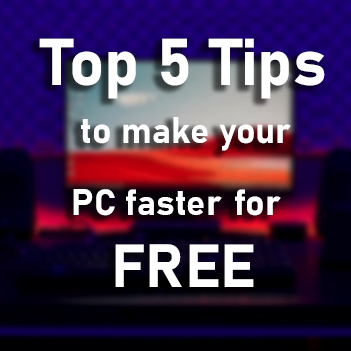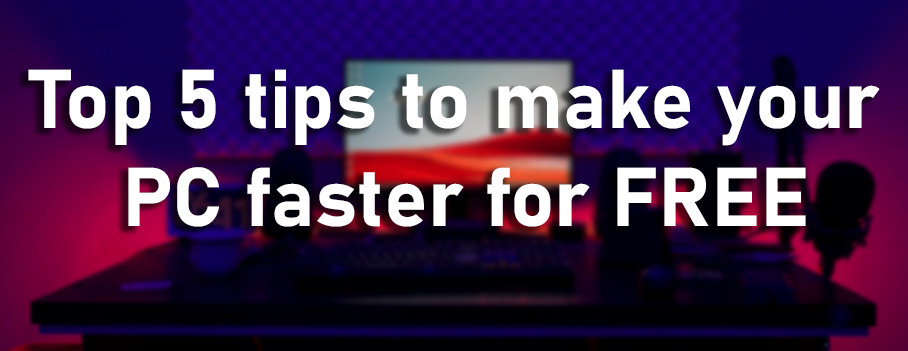
Diagnose the problem:
If you’ve noticed your PC is sluggish and your gameplay is affected the first thing to do is try and figure out what’s causing the issue. There are quite a few completely free programs available that can run tests and give you detailed information about your system. Some examples worth trying are Userbenchmark, HWiNFO, System explorer, Crystal Disk Info, CPU-Z and even the inbuilt Windows performance monitor. Looking at the different data provided by these tests can give you an insight into what is holding your PC back. Pay close attention to information like temperatures, usage and storage space and narrow down if it’s a hardware or software issue. If you are seeing 100% usage while experiencing poor performance it’s time to upgrade that component. If your Hard drive is full you need to clear some old programs and high temperatures mean your cooling is no longer adequate.
Reinstall your OS:
Sometimes the quickest and easiest way to clean out old software and fix any issues is a fresh install of your OS. There are a few ways to do this but if you’re using Windows 10 the easiest way is to hit “Reset this PC” in system settings. You can choose to keep your files and simply refresh or wipe everything and start from scratch. Any problems caused by third-party software, file corruption, system settings changes, or malware should be fixed by resetting your PC. Remember to reinstall any driver updates for your hardware for example if you have an Nvidia GPU.
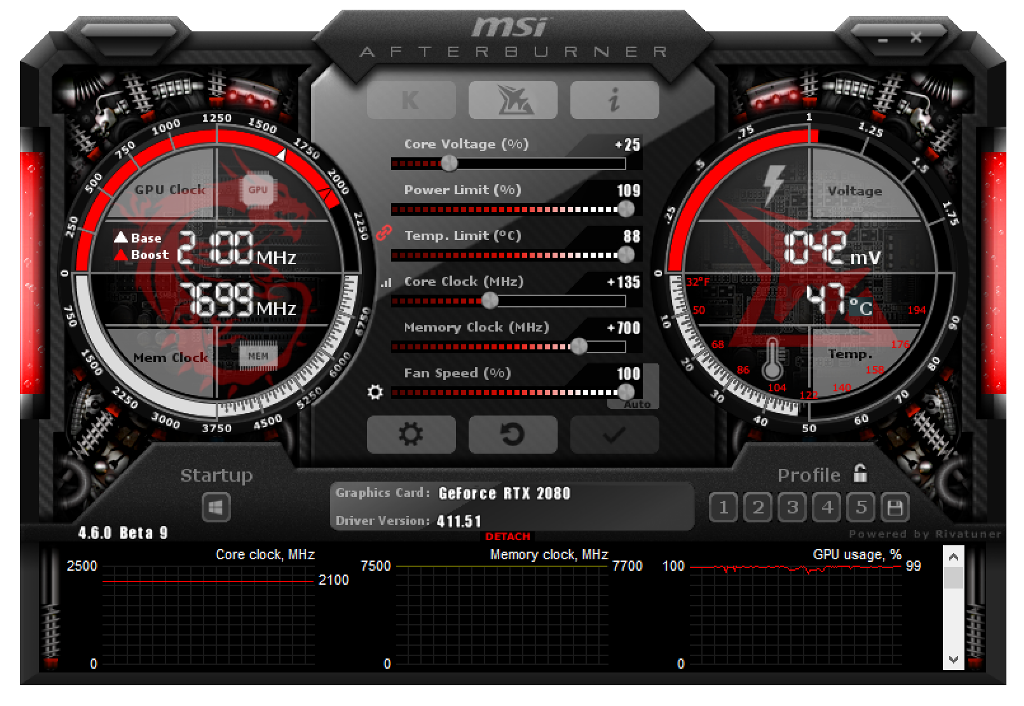
Overclocking:
If you’re a hardware enthusiast you’re probably well aware of the free performance boost you can gain from a successful Overclock. Your CPU, GPU, and Memory can all be overclocked to increase the operating frequency and make components faster. You can Overclock using dedicated programs like MSI Afterburner or by diving into the Bios. Some manufacturers have even developed 1 click OCing software to make the process noob friendly. If you decide to overclock make sure to do plenty of research on your specific components and test if your system is up to the job. You will need an unlocked CPU, High-quality motherboard and plenty of cooling. It’s also worth downloading benchmarking software such as Cinebench, 3D Mark, Aida 64, Prime94 and Unigine Heaven to stress-test and monitor performance gains.
An Introduction to Overclocking with 8Pack
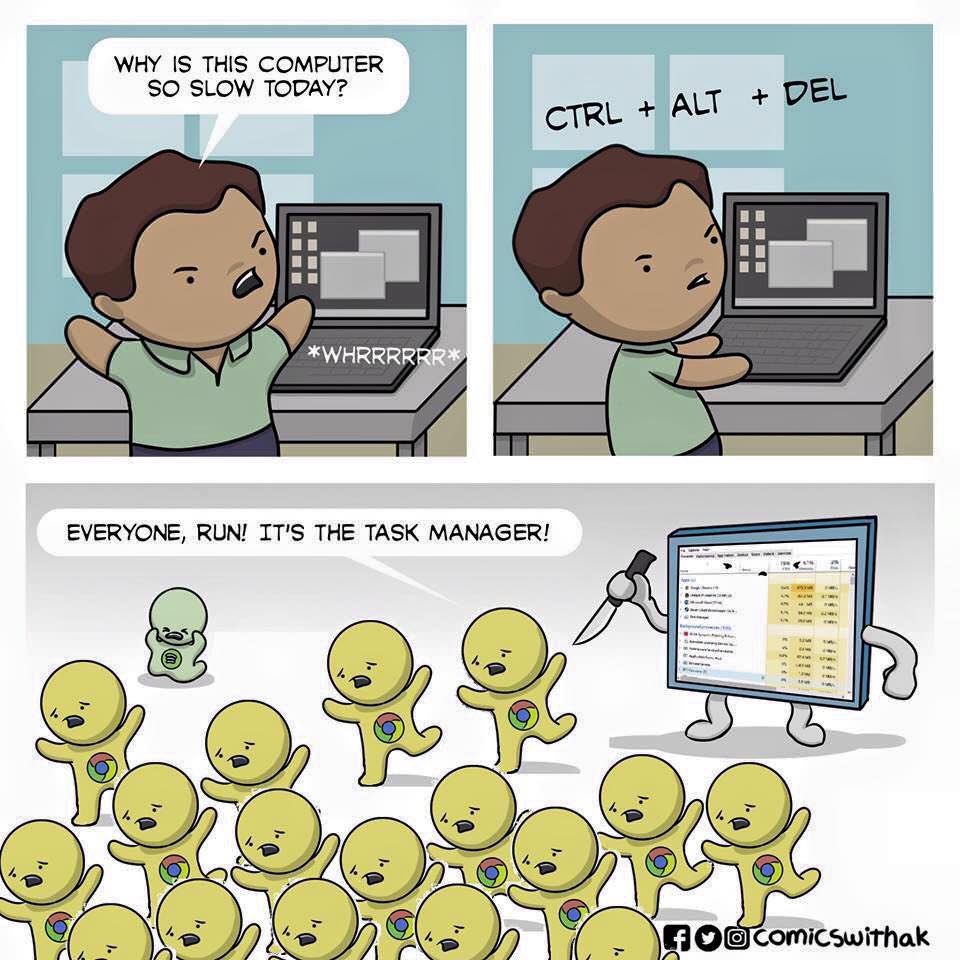
Software and background programs:
Task manager can be used to identify particularly taxing software and you might not be aware that certain programs are even open. Before diving straight into a game pay attention to what else appears when you turn on your PC and then turn most of them off in Startup App settings. Not only will they make your boot time slower but apps minimized in the system tray could be hogging much-needed resources. The main culprits on a gaming PC are apps like Discord and RGB software for peripherals and hardware. Also, don’t forget those 20 tabs you’ve got open in Chrome.

Antivirus is also something that could be slowing down your PC. It’s unlikely a good Antivirus program is having much impact and there are lightweight options available however having more than one program installed or scanning too frequently can cause unnecessary strain on your system. If you’re not sure what Antivirus to choose consider checking out this recent test conducted by the AV-Test institute HERE.
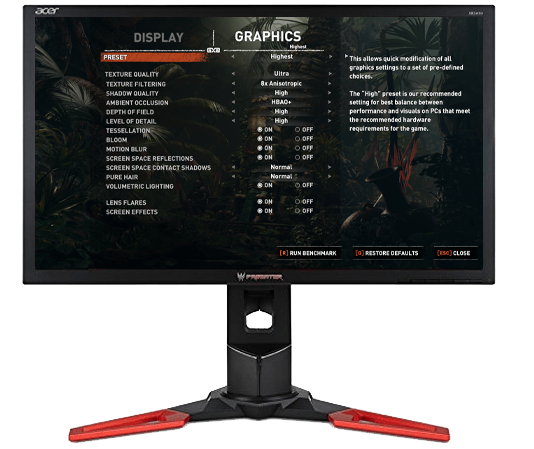
Adjust your Graphical settings:
Now, this tip might seem obvious to some but if you’re getting less than your preferred FPS in new titles spending more time in the settings menu can improve your experience. Game manufacturers always include presets and some games even optimise the settings for you however these presets aren’t always going to be the best option for your specific system.
There are typically loads of options to change and you should consider learning what each one does and then playing with each setting to align the graphics with your personal preferences. Resolution has the greatest impact on performance and if you’re using a smaller monitor you might find you can get away with 720p in order to maintain a smooth framerate and reasonable graphical settings. Anti-aliasing is another setting that greatly impacts performance, most games have several settings to choose between. It comes at the cost of jagged edges but you should either turn it off or use FXAA on low to reduce the tax on your system. After changing a setting make sure to check what it does to the FPS and visuals, you’re aiming to get the FPS you want without impacting the visuals too much and it’s all about finding a balance. There are loads of guides available online that are tailored to specific games and components which can help to make the process a lot easier. To get started check out the Nvidia game guides HERE .
If you’ve tried to squeeze the most out of your existing hardware and still aren’t happy with how well it performs it’s time to consider upgrading so check out our guide HERE. Also, let us know in the comments which tips you’d like us to create more detailed guides for!
